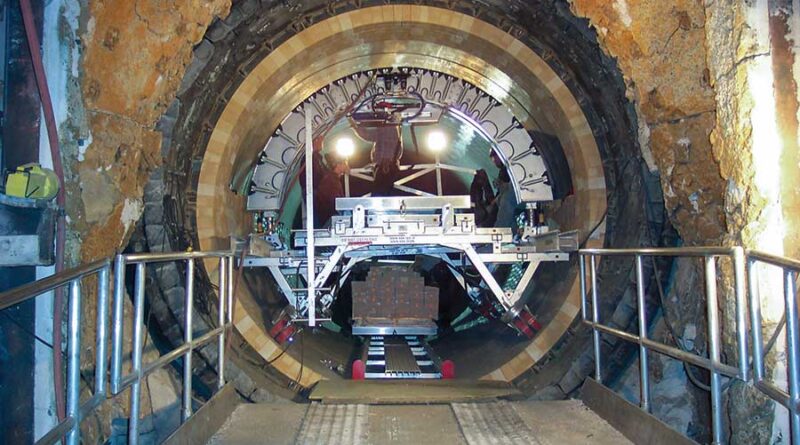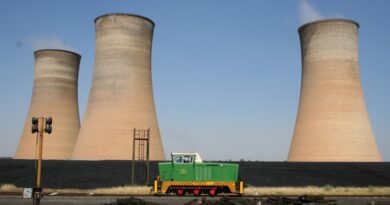Applications of refractory systems and reinforcing fibres
Since the development of monolithic refractory products, metal anchoring systems have been utilized in supporting monolithic materials. This article will briefly two such systems; refractory armour systems and reinforcing fibres.
REFRACTORY ARMOUR SYSTEMS
Refractory Armour Systems are designed to provide excellent retention and reinforcement for thin wall refractories and to complement dense hydraulic and chemically bonded refractories in resisting erosion, particularly in areas that are subject to the flow of high-velocity gas streams within process plants.
Refractory Armour Systems include sheet armour, hex metal, flex metal, independent armour systems, curl anchors and hex cells. A full range of lining ancillaries including adjustable corner tabs, edge tabs etc. are also available for the easy connection of armour systems and to protect the mother steel work when plant geometry dictates directional changes in gas flow.
Typical refractory armour system applications are found in various sections in process plants that are subject to erosion or abrasion including cyclones, flue gas lines, reactor vessels, windboxes, fan casings and burner quarls.
REINFORCING FIBRES
Reinforcing Fibres include a wide range of Melt Extract (ME) reinforcing fibres that are available for standard industrial applications through to speciality applications that are characterised by extreme temperatures, high corrosion or specialised industry requirements.
Due to the extreme environments, the reinforcing fibres are employed, product performance, purity and consistency have to be maximised.
Stainless steel alloy fibres are ideal for high temperature applications due to their resistance to spalling, enhanced flexural strength, excellent impact resistance and lower permeability, thereby substantially benefit refractory applications.
Reinforcing Fibres extend refractory life and offer added benefits such as outstanding spalling resistance, superb fracture toughness, better abrasion resistance, superior thermal shock resistance, mechanical shock resistance, and uniform alloying characteristics.
Source: The Dickinson Group




